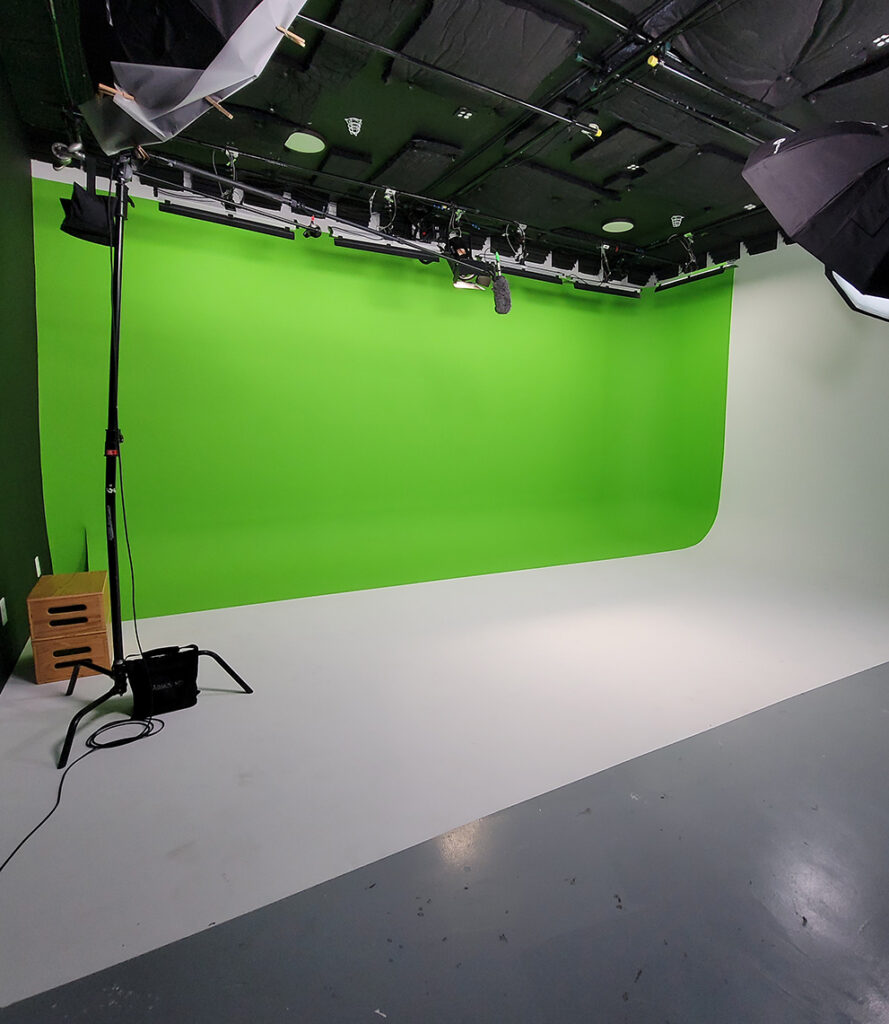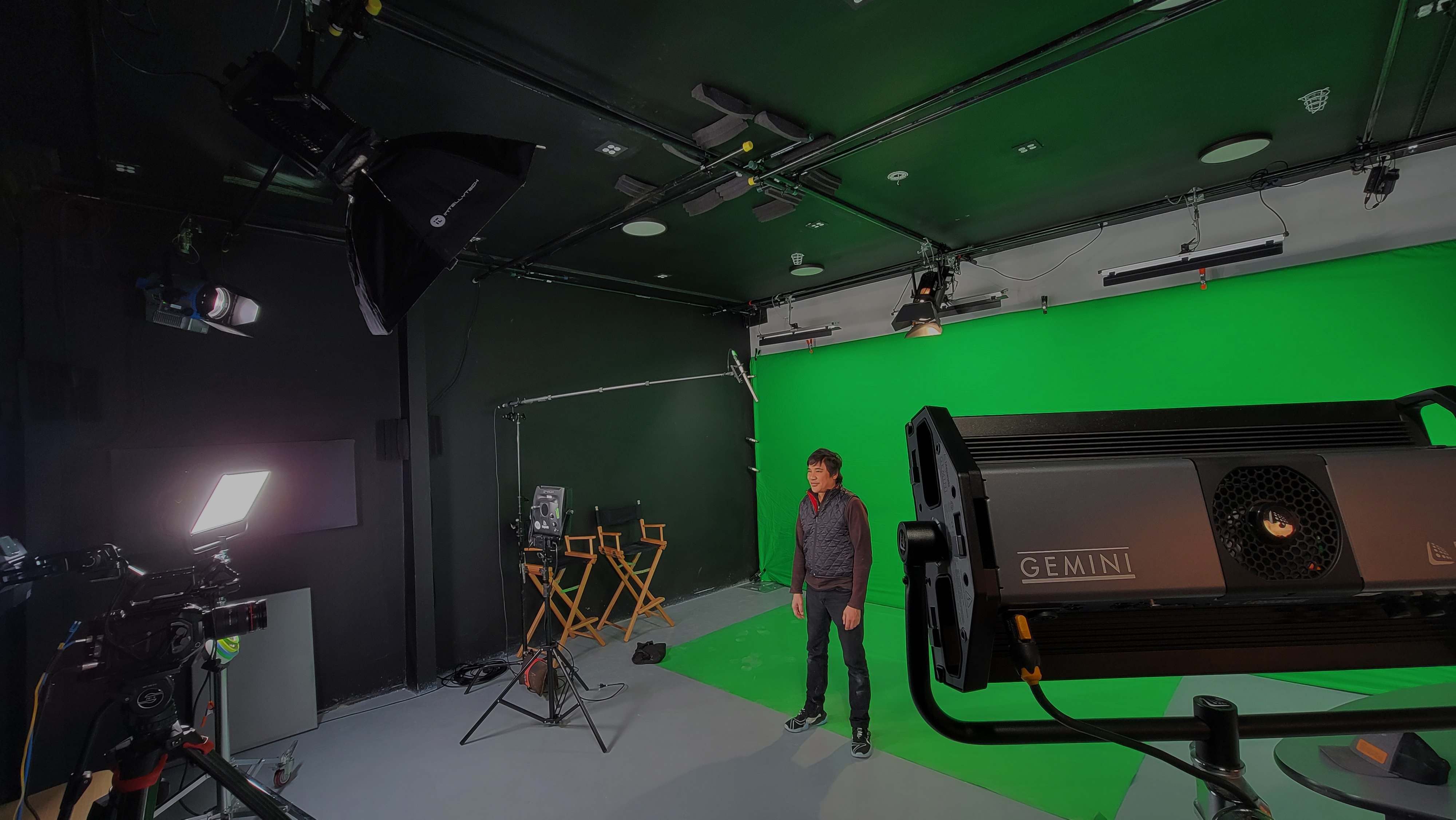Top Secrets of Sound Stage Production You must know
A world of creativity, innovation, and meticulous attention to detail lies behind every television production or mesmerizing video/film. The production of sound stages is at the center of this process, bringing the magic of cinema to life. The sound stage production is a complex art that is the ideal mix of audio engineering, lighting, set design, and technology. It is a process of creating as well as recording audio content in a controlled studio environment commonly known as a sound stage.
The sound stage production is usually utilized in the music, film, and television industries to record high-quality audio for a variety of uses, including recording dialogue, recording musical performances, recording voice-overs, and creating sound effects. These stages are designed such that they can provide optimal acoustic conditions while minimizing external noise interference and ensuring pristine audio recordings.
San Francisco video production studio offer services of sound stage video production to help businesses create videos as per their requirement. Choosing sound stage video production helps businesses get a variety of benefits. Some top secrets of sound-stage video production that each business must know are listed below.
Physical Space
The physical space itself is one of the fundamental aspects of sound stage production. Sound stages are studios constructed specifically to provide a controlled setting for filming. Filmmakers can construct intricate sets, capture scenes from a variety of perspectives, and alter the lighting in these vast areas.
Directors and production designers can use sound stages as a blank canvas to bring their visions to life.
Set Design
The art of set design is a crucial component of sound stage production. To create a believable and immersive world on screen, every backdrop, prop, and piece of furniture is carefully selected. To guarantee that the sets line up with the story’s tone, overall vision, and aesthetics, production designers and the director work closely. The design of the set plays a crucial role in the creation of cinematic magic, setting the stage for the narrative with everything from futuristic landscapes to intricately crafted period pieces.
Lighting
Another important aspect of the sound stage production is lighting. Professional lighting technicians and cinematographers create the desired visual impact, mood, and atmosphere by working together. They can control shadows, highlights, and color temperatures by strategically placing lights, diffusers, and reflectors. This allows them to enhance the emotions of the story and engage the audience on a deeper level. Lighting illuminates the actors and sets as well as adds visual interest, depth, and texture to every frame.
Advanced Techniques
Advanced techniques in audio engineering are also used in sound stage production. For an immersive cinematic experience, it is essential to capture clear, high-quality audio. To guarantee that dialogue, sound effects, and music are accurately captured without introducing unwanted background noise, sound engineers make use of specialized microphones, recording equipment, and soundproofing strategies. Hiring a professional San Francisco video production studio company also helps them get the support and guidance they need to make the best use of advanced techniques. Sound designers and mixers carefully layer and balance elements of sound in post-production to make a rich and dynamic soundscape that can improve storytelling.
Brings Stories to Life With Sound Stage
From the breathtaking sets to the stunning lighting and captivating audio, sound stage production brings stories to life and transports audiences into new worlds. At San Francisco Green Screen, we provide one of the best sound stage production services to help you give a new definition to your imagination. Contact us today to know more about our sound stage production services.







